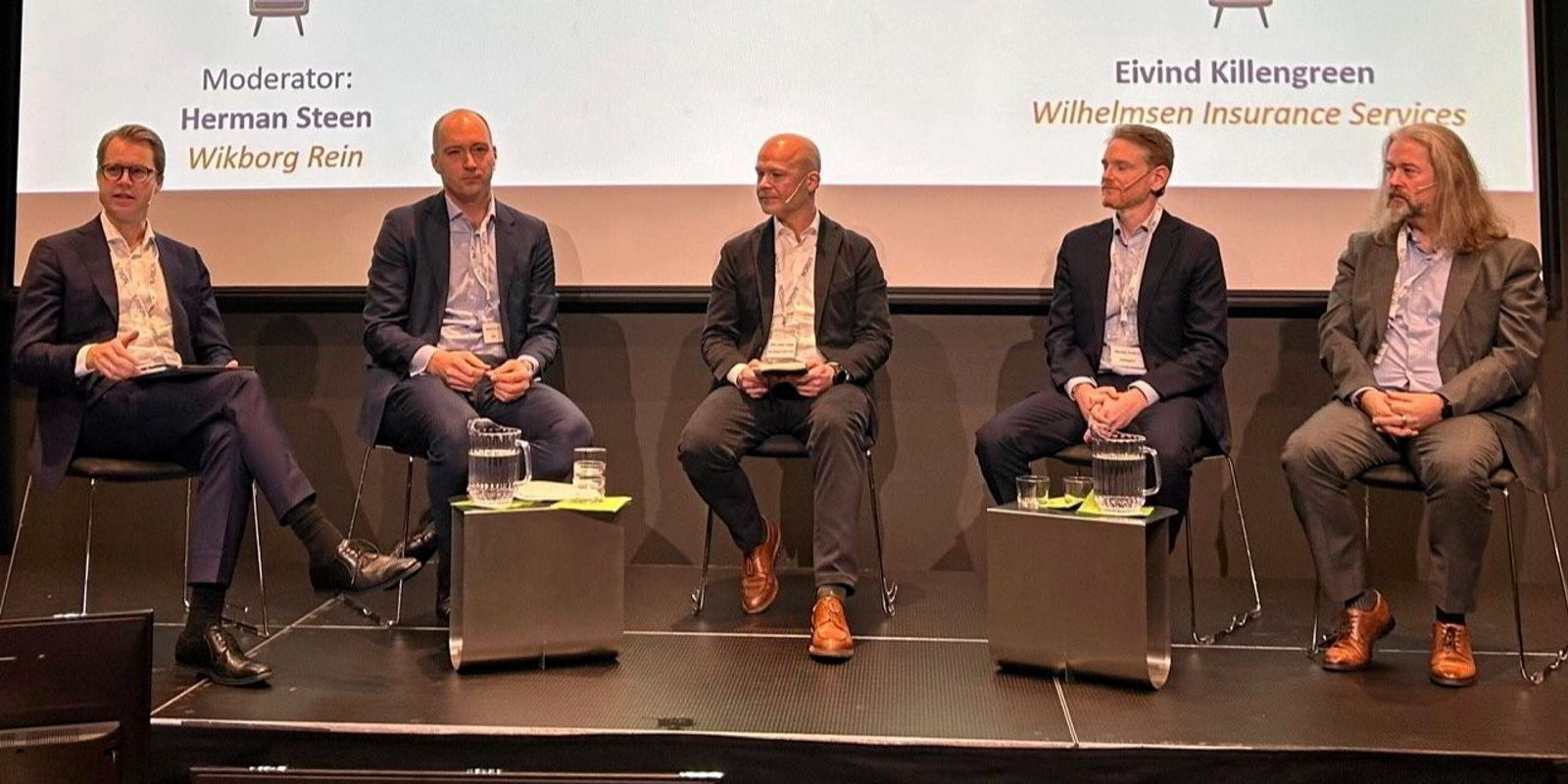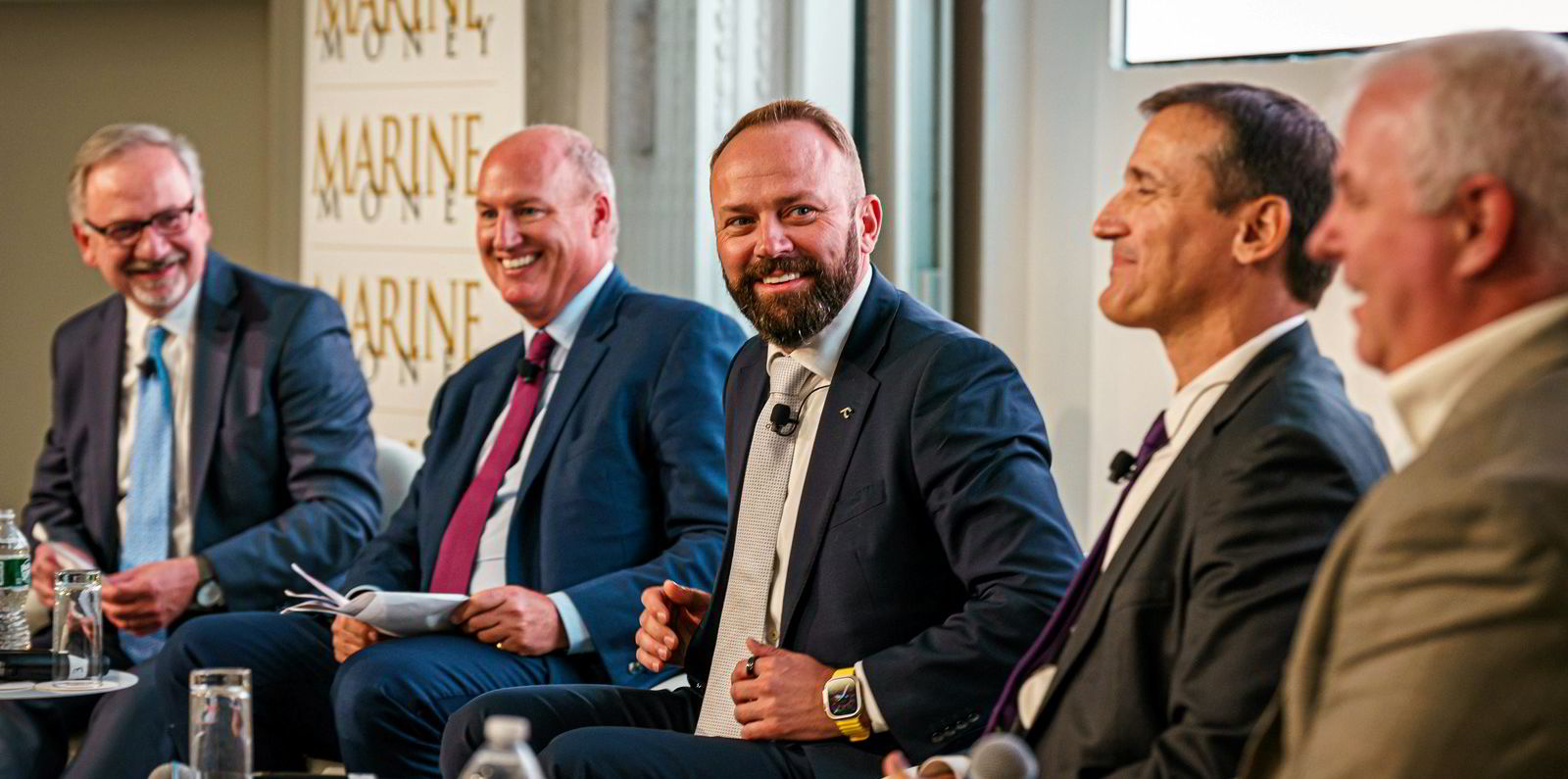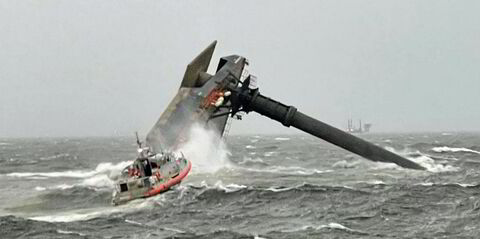There are a lot of questions when it comes to offshore wind insurance, and few answers.
But one thing seems certain: it is going to be expensive.
Panellists at the Marine Insurance Nordics conference in Oslo on Friday ran through claims scenarios related to offshore wind — such as a vessel hitting a turbine, or a floating turbine coming loose and crashing into an oil rig or ship — and came up with few solutions.
“We can say certainly it will be very expensive,” said Gard vice president Radmil Kranda.
He compared potential offshore wind incidents with what happens in the conventional offshore oil and gas sector.
Damages to cables can run as high as $5m, he said. Business interruptions can cost up to $40m. He has seen claims as high as $100m.
“If you have … a vessel that hits one or two or three things while it’s drifting, it will become very expensive,” Kranda said.
“It will be more expensive by the fact that whatever’s damaged is very difficult to repair.”
Mats Johan Waage, commercial legal adviser at the Norwegian Hull Club, said there are issues with how wind farms are valued.
He said wind farms are insured in their totality, meaning if a ship strikes one turbine in a field of 20 and it sinks, it is difficult to assess just how much that turbine cost.
He stressed that it would not be the capital expenditure for the total project divided by 20.
“The way it’s playing out now is not a fair risk allocation between the parties,” Waage said.
Gallagher senior broker Michael Andrew said his organisation is trying to model scenarios to figure out what could go wrong.
He said the most likely scenarios are not as dramatic as a runaway floating turbine, “it can be something really basic” that simply requires repairs.
But even then, those repairs will cost a lot of money when it comes to floating wind, with towing requirements costing $10m or more for each turbine.
“If you’re going to find a suitable port to tow it back to, that can be difficult,” Andrew said.
“Then the downtime on top of it, for the business interruption, we’re talking about a lot of money.”





